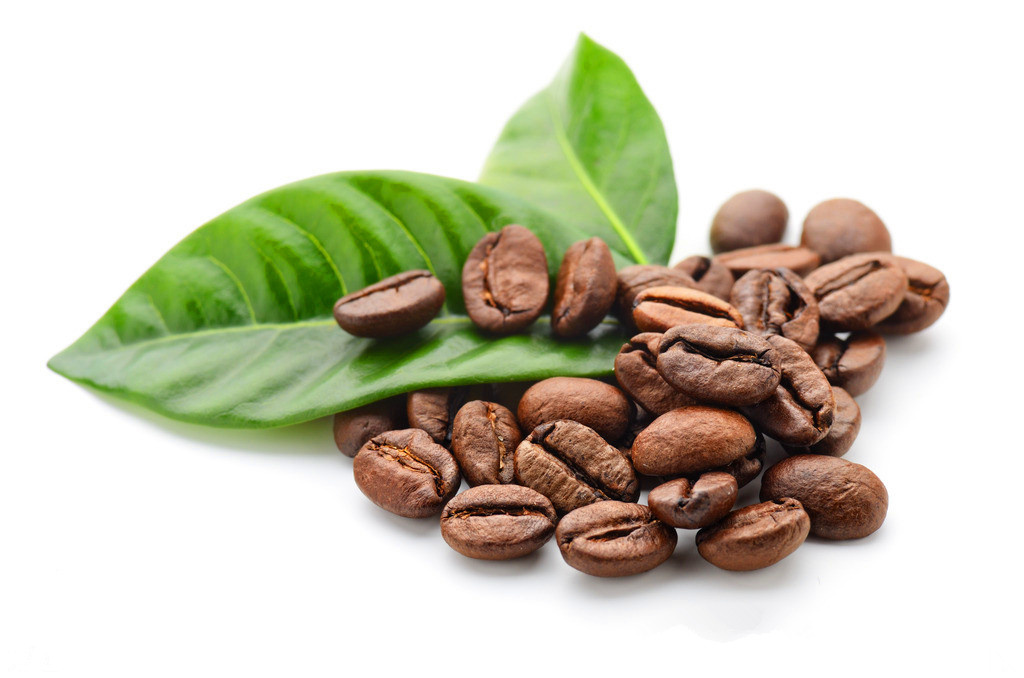

— Blogs —
—Products—
 Consumer hotline +8618073152920
Consumer hotline +8618073152920 WhatsApp:+8615367865107
Address:Room 102, District D, Houhu Industrial Park, Yuelu District, Changsha City, Hunan Province, China
Product knowledge
Time:2024-01-19 14:10:46 Popularity:571
Coffee beans are a global commodity with major origins in countries including but not limited to Brazil, Colombia, Vietnam, Indonesia, Ethiopia and Honduras. The climate and soil conditions in these countries are suitable for the growth of coffee trees, which makes them major coffee bean producers. Coffee beans from different origins have different flavor profiles, making coffee a rich choice globally.

Specific indicators of the coffee bean growth process monitored by agricultural weather stations mainly include meteorological elements such as temperature, humidity, rainfall, wind speed and direction, as well as environmental factors such as soil moisture and light. These indicators are of great significance to the growth and management of coffee beans, such as temperature and humidity which can affect the sprouting and growth rate of coffee beans, rainfall and wind speed which can affect the pollination and fruiting of coffee beans, and light which can affect the photosynthesis and quality of coffee beans.
By monitoring these indicators, farmers can keep abreast of the growth status of coffee beans and take corresponding management measures to improve the quality and yield of coffee beans. In addition, the agricultural weather station can also monitor the growth of coffee flowers and coffee fruits, predict the occurrence of pests and diseases, and provide farmers with more comprehensive management advice.
1. Providing accurate temperature data: Coffee bean is a temperate crop with high requirements for temperature. Weather stations can provide accurate temperature data to help coffee plantation managers understand the current temperature situation and future temperature trends. This is important for the critical stages of coffee bean growth and development, flowering and fruit ripening. Different varieties of coffee trees have different temperature adaptation ranges. With the data provided by the agricultural weather station, coffee plantation managers can choose the right varieties, as well as take timely measures to protect coffee trees from low or high temperatures.
2. Predicting rainfall and humidity: Coffee beans need relatively high humidity and moderate rainfall to grow well. agricultural weather stations can provide rainfall and humidity data to help coffee plantation managers understand current rainfall and future rainfall trends. This helps to rationalize irrigation schedules and water management to meet the water demand of coffee beans and ensure their normal growth and development.
3. Predicting the outbreak and spread of pests and diseases: Certain coffee tree pests and diseases are more likely to multiply and spread under certain meteorological conditions. By analyzing the data provided by weather stations, coffee plantation managers can predict the probability of occurrence and spread of pests and diseases, and take timely and appropriate control measures to protect the health and yield of the coffee plantation.
4. Determine the appropriate harvest time: The harvest time of coffee beans is crucial to the quality and flavor of coffee. Appropriate climatic conditions can promote sugar accumulation and flavor maturation of coffee fruits. With the data provided by agricultural weather stations, coffee plantation managers can determine the appropriate harvesting time to obtain the best coffee quality.

5. Supporting the coffee industry: Coffee is one of the most important commodities in the world, and the accurate meteorological data provided by the weather stations can help coffee producers to select suitable coffee varieties and planting areas, as well as to determine the optimal time for coffee harvesting and processing. This can improve the quality and yield of coffee and promote the development of the coffee industry.
In summary, the agricultural weather station has an important role and value in coffee bean cultivation. It provides accurate temperature data, rainfall forecasts, pest and disease warnings, and other information to help coffee plantation managers formulate planting plans, irrigation management, and pest and disease control strategies. This information is critical to the growth and development of coffee, quality control and the development of the coffee industry.
Prev:Weather stations are used for grape growing
Next:What role do weather stations play in crop cultivation?
Related recommendations
Sensors & Weather Stations Catalog
Agriculture Sensors and Weather Stations Catalog-NiuBoL.pdf
Weather Stations Catalog-NiuBoL.pdf
Related products
 Combined air temperature and relative humidity sensor
Combined air temperature and relative humidity sensor Soil Moisture Temperature sensor for irrigation
Soil Moisture Temperature sensor for irrigation Soil pH sensor RS485 soil Testing instrument soil ph meter for agriculture
Soil pH sensor RS485 soil Testing instrument soil ph meter for agriculture Wind Speed sensor Output Modbus/RS485/Analog/0-5V/4-20mA
Wind Speed sensor Output Modbus/RS485/Analog/0-5V/4-20mA Tipping bucket rain gauge for weather monitoring auto rainfall sensor RS485/Outdoor/stainless steel
Tipping bucket rain gauge for weather monitoring auto rainfall sensor RS485/Outdoor/stainless steel Pyranometer Solar Radiation Sensor 4-20mA/RS485
Pyranometer Solar Radiation Sensor 4-20mA/RS485
Screenshot, WhatsApp to identify the QR code
WhatsApp number:+8615367865107
(Click on WhatsApp to copy and add friends)